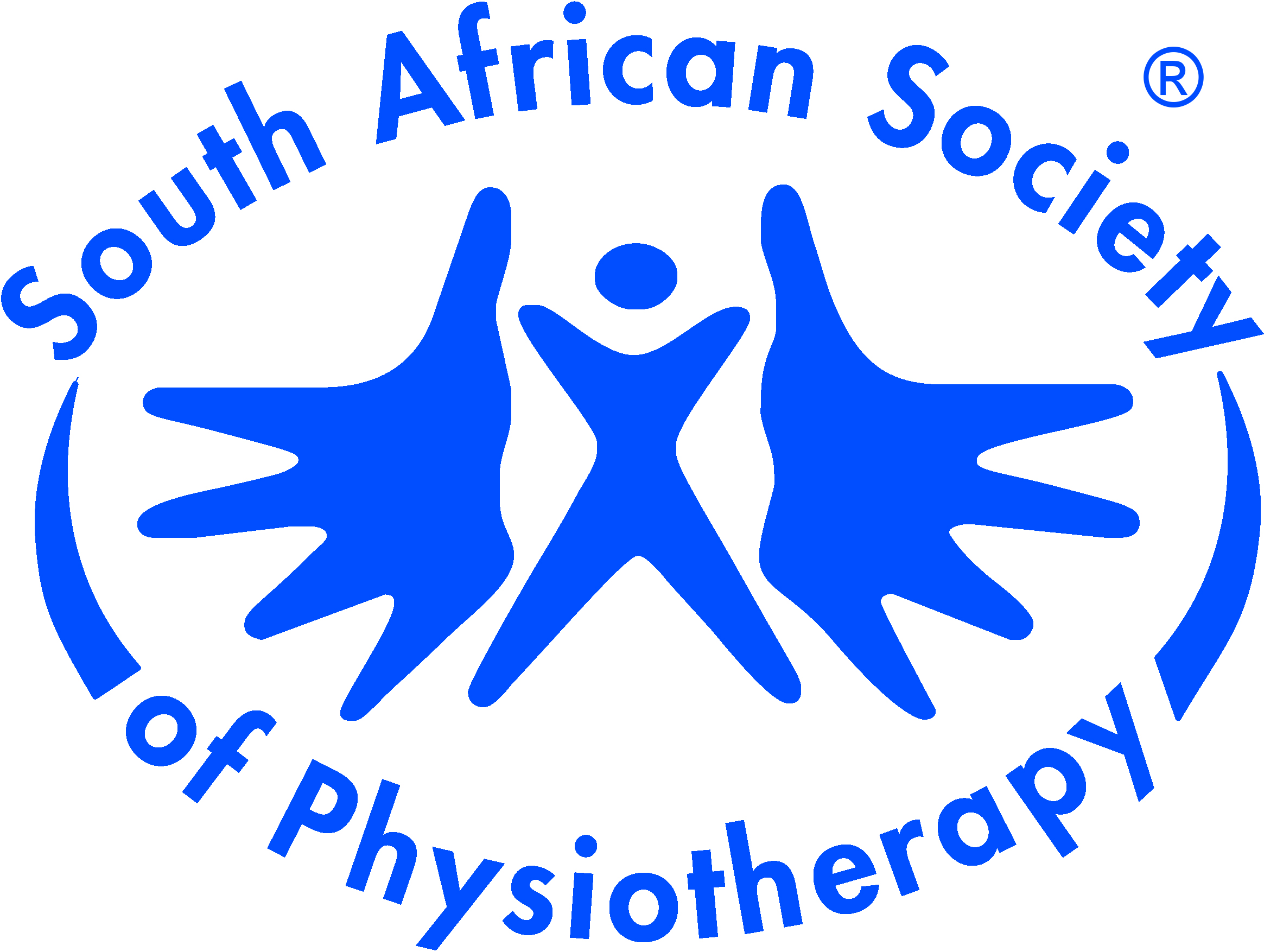Original Research
Intergrating injury screening with measurement and monitoring: a conceptual approach using a patient global assessment of the body and limbs scale
South African Journal of Physiotherapy | Vol 62, No 4 | a159 |
DOI: https://doi.org/10.4102/sajp.v62i4.159
| © 2006 P. Gabel, L. Bardin, B. Burkett, A. Neller
| This work is licensed under CC Attribution 4.0
Submitted: 09 January 2006 | Published: 09 January 2006
Submitted: 09 January 2006 | Published: 09 January 2006
About the author(s)
P. Gabel, University of the Sunshine Coast, Queensland, AustraliaL. Bardin, University of Melbourne, Victoria, Australia
B. Burkett, University of the Sunshine Coast, Queensland, Australia
A. Neller, University of the Sunshine Coast, Queensland, Australia
Full Text:
PDF (54KB)Abstract
Purpose: To develop a conceptual model for patients with
musculoskeletal injuries that relates Injury Screening to Measurement and Monitoring (ISMAM). Screening scores would predict quantifiable outcomes on a proposed Global Assessment of Body And Limbs (GABAL) composite scale. The scale would define status as a percentage of pre-injury capacity using quantitative and qualitative self report outcome measures combined with work and life status data.
Background: Screening questionnaires use psychosocial yellow flags and activity limitation to identify potential chronic patients. Outcome measures provide clinical evidence by establishing patient status and assessing intervening change. Independently developed,definitive statistical links between these established concepts are yet to be determined.
Description: The ISMAM components are integrated using a graph of time versus score on the GABAL-scale with initial screening predicting recovery time to a designated pre-injury percentage level. Actual status would be assessed through initial then subsequent sequential measurements with GABAL-scale scores enabling trendline analysis to verify if the rate of actual recovery coincides with that predicted by screening.
Observations: Face and content validity are apparent because validated screening tools are available and the required
components for the GABAL-scale would be existing validated outcome measures and quantifiable data.
Conclusions: This model should provide a practical method of integrating screening and global measurement that
facilitates communication across agencies and professions. A clinical research trial to validate the ISMAM concept
has been initiated.
musculoskeletal injuries that relates Injury Screening to Measurement and Monitoring (ISMAM). Screening scores would predict quantifiable outcomes on a proposed Global Assessment of Body And Limbs (GABAL) composite scale. The scale would define status as a percentage of pre-injury capacity using quantitative and qualitative self report outcome measures combined with work and life status data.
Background: Screening questionnaires use psychosocial yellow flags and activity limitation to identify potential chronic patients. Outcome measures provide clinical evidence by establishing patient status and assessing intervening change. Independently developed,definitive statistical links between these established concepts are yet to be determined.
Description: The ISMAM components are integrated using a graph of time versus score on the GABAL-scale with initial screening predicting recovery time to a designated pre-injury percentage level. Actual status would be assessed through initial then subsequent sequential measurements with GABAL-scale scores enabling trendline analysis to verify if the rate of actual recovery coincides with that predicted by screening.
Observations: Face and content validity are apparent because validated screening tools are available and the required
components for the GABAL-scale would be existing validated outcome measures and quantifiable data.
Conclusions: This model should provide a practical method of integrating screening and global measurement that
facilitates communication across agencies and professions. A clinical research trial to validate the ISMAM concept
has been initiated.
Keywords
evidence based practice; outcome measures; musculoskeletal; assessment
Metrics
Total abstract views: 2156Total article views: 2056
Crossref Citations
1. A case control series for the effect of photobiomodulation in patients with low back pain and concurrent depression
Charles Philip Gabel, Paolo Cassano
LASER THERAPY vol: 27 issue: 3 first page: 167 year: 2018
doi: 10.5978/islsm.27_18-OR-18
